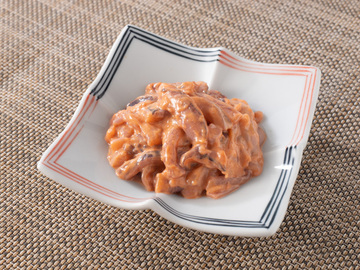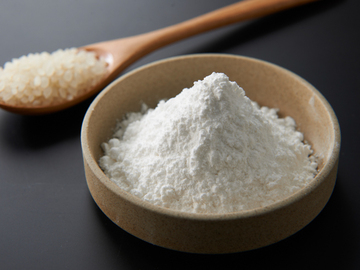Miyagi

“Date-na” (meaning “showy” in English) Food Culture Rooted in Nation Building by Lord Masamune Date
Miyagi Prefecture is located in the central part of the Tohoku region. The prefecture is home to the Ou Mountains rising to elevations of 1,000 meters or more, softening into an expanse of farmland to the west, and the Sendai Plain sprawling to the east. The coastal area along the Pacific Ocean is one of Japan’s premier fishing grounds. Miyagi is thus blessed with both ocean and highlands.
Owing to the sea breeze blowing in from the Pacific Ocean, the plain’s climate is moderate throughout the year. But western region in the foothills of the Ou Mountains receives seasonal winds off the mountains, delivering quite a lot of snowfall to the prefecture.
When talking about Miyagi Prefecture, Lord Masamune Date, the first feudal lord of the Sendai Domain, cannot go without a mention. He built Sendai Castle and developed its castle town as the key town in Tohoku. Even today, Lord Date is loved and honored by the people of the prefecture as an exceptional ruler. Legend has it that he was also quite a gourmet, and his influence can still be seen today in Miyagi’s food culture.
Nowadays, the ratio of rice paddies to farmland in Miyagi is 82.3% (54.4% is the nationwide average as of 2022), forming a “breadbasket” of which the prefecture is immensely proud. This originates from the development of new paddy fields and improvement of rivers promoted by Lord Masamune in the early Edo era. To guarantee rice farming as a source of finance for the domain, Lord Masamune developed the wetlands and rice paddies in the Osaki agricultural district and other river basins in the prefecture’s north. The rice thus cultivated was called “honkoku rice” and shipped from Ishinomaki to Edo and Osaka. It is said that as much as one third of the rice consumed in Edo was produced in the Sendai Domain.
In addition, Sendai miso was a valuable nonperishable food for the Sendai Domain. Lord Masamune built a large miso factory called “Goensokura” to produce it. Sendai miso contains a lot of salt and was resilient against spoiling on long campaigns, so it’s said that it came to be treasured by samurai warriors of other domains as well.

Traditional Foods in Miyagi

Our Regional Cuisines
in Miyagi
This is a list of Miyagi prefecture's local dishes
introduced in "Our Regional Cuisines."
*Clicking on the image will take you to "Our Regional Cuisines."

























